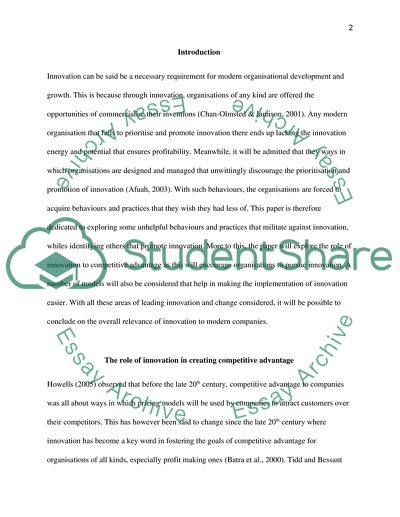Cite this document
(“Leading innovation and change Assignment Example | Topics and Well Written Essays - 3500 words”, n.d.)
Leading innovation and change Assignment Example | Topics and Well Written Essays - 3500 words. Retrieved from https://studentshare.org/finance-accounting/1685583-leading-innovation-and-change
Leading innovation and change Assignment Example | Topics and Well Written Essays - 3500 words. Retrieved from https://studentshare.org/finance-accounting/1685583-leading-innovation-and-change
(Leading Innovation and Change Assignment Example | Topics and Well Written Essays - 3500 Words)
Leading Innovation and Change Assignment Example | Topics and Well Written Essays - 3500 Words. https://studentshare.org/finance-accounting/1685583-leading-innovation-and-change.
Leading Innovation and Change Assignment Example | Topics and Well Written Essays - 3500 Words. https://studentshare.org/finance-accounting/1685583-leading-innovation-and-change.
“Leading Innovation and Change Assignment Example | Topics and Well Written Essays - 3500 Words”, n.d. https://studentshare.org/finance-accounting/1685583-leading-innovation-and-change.


